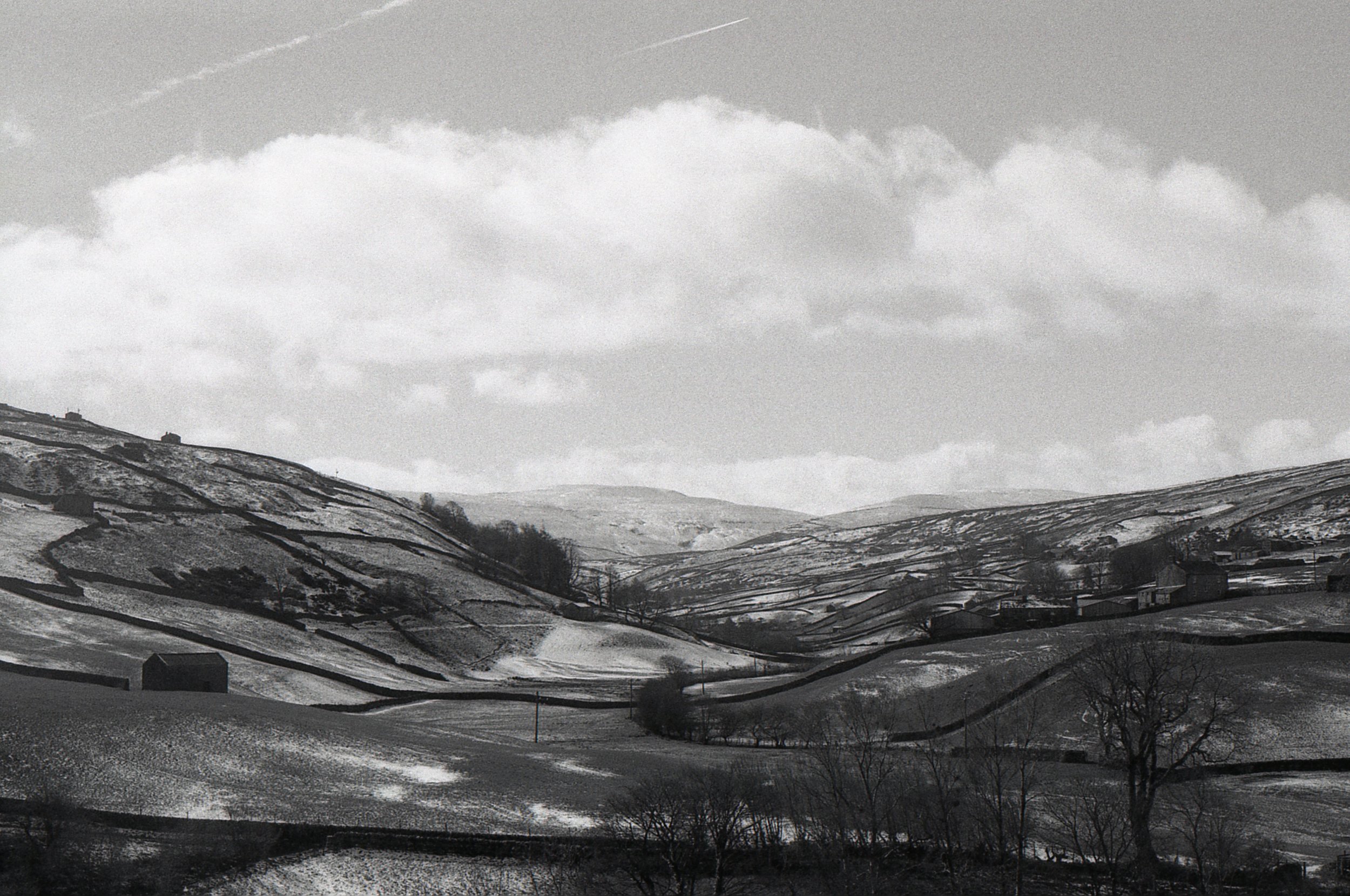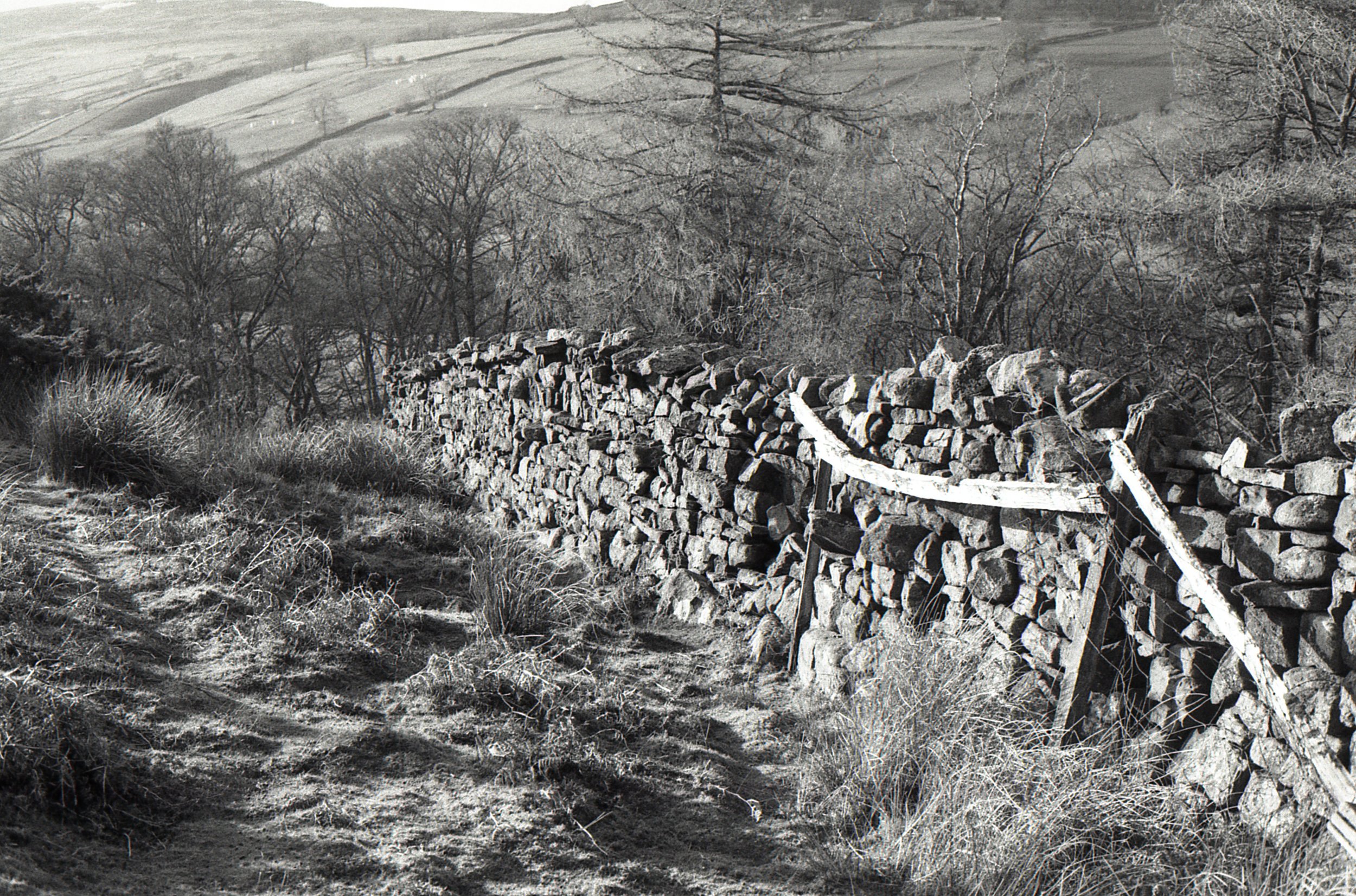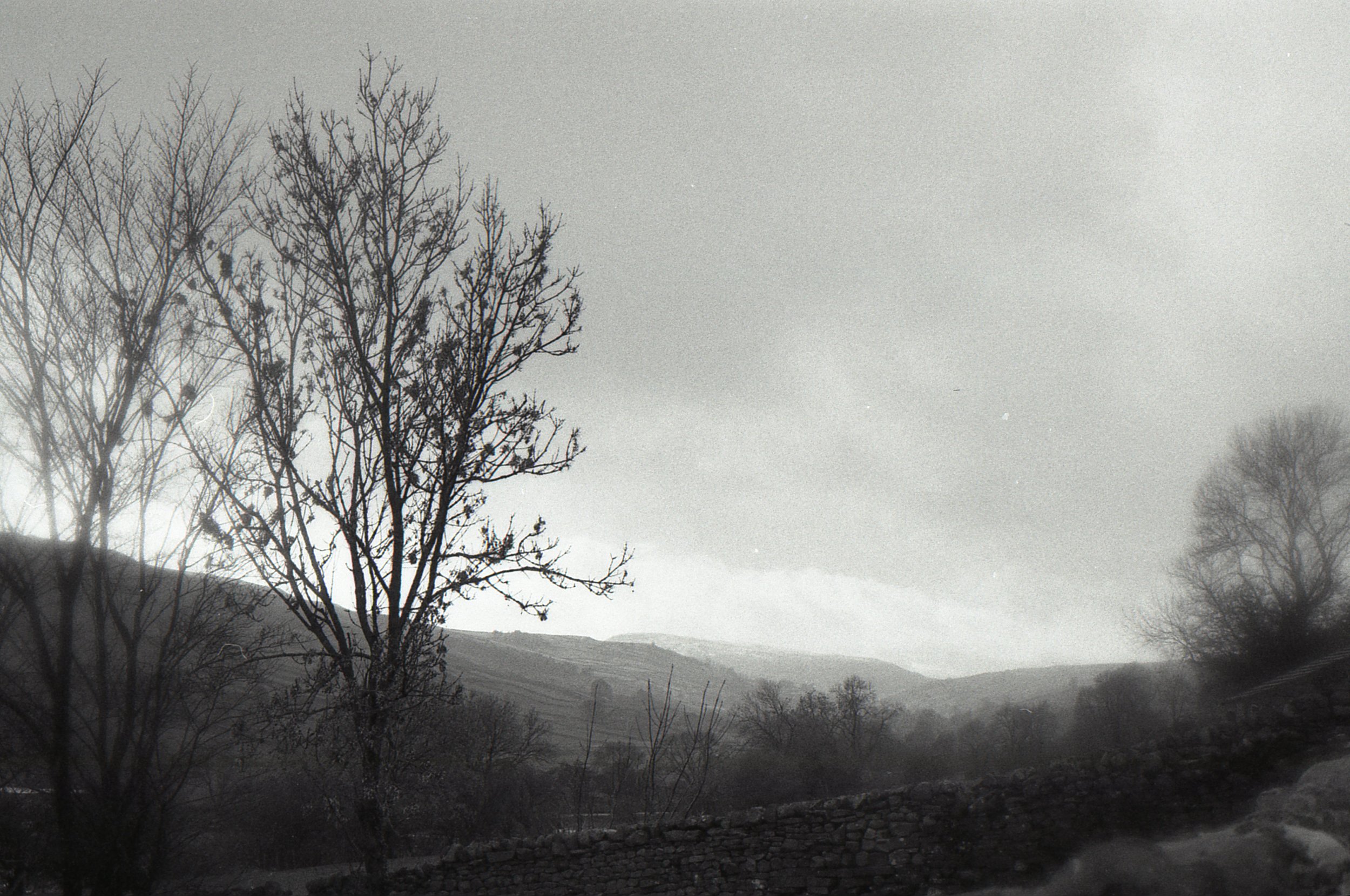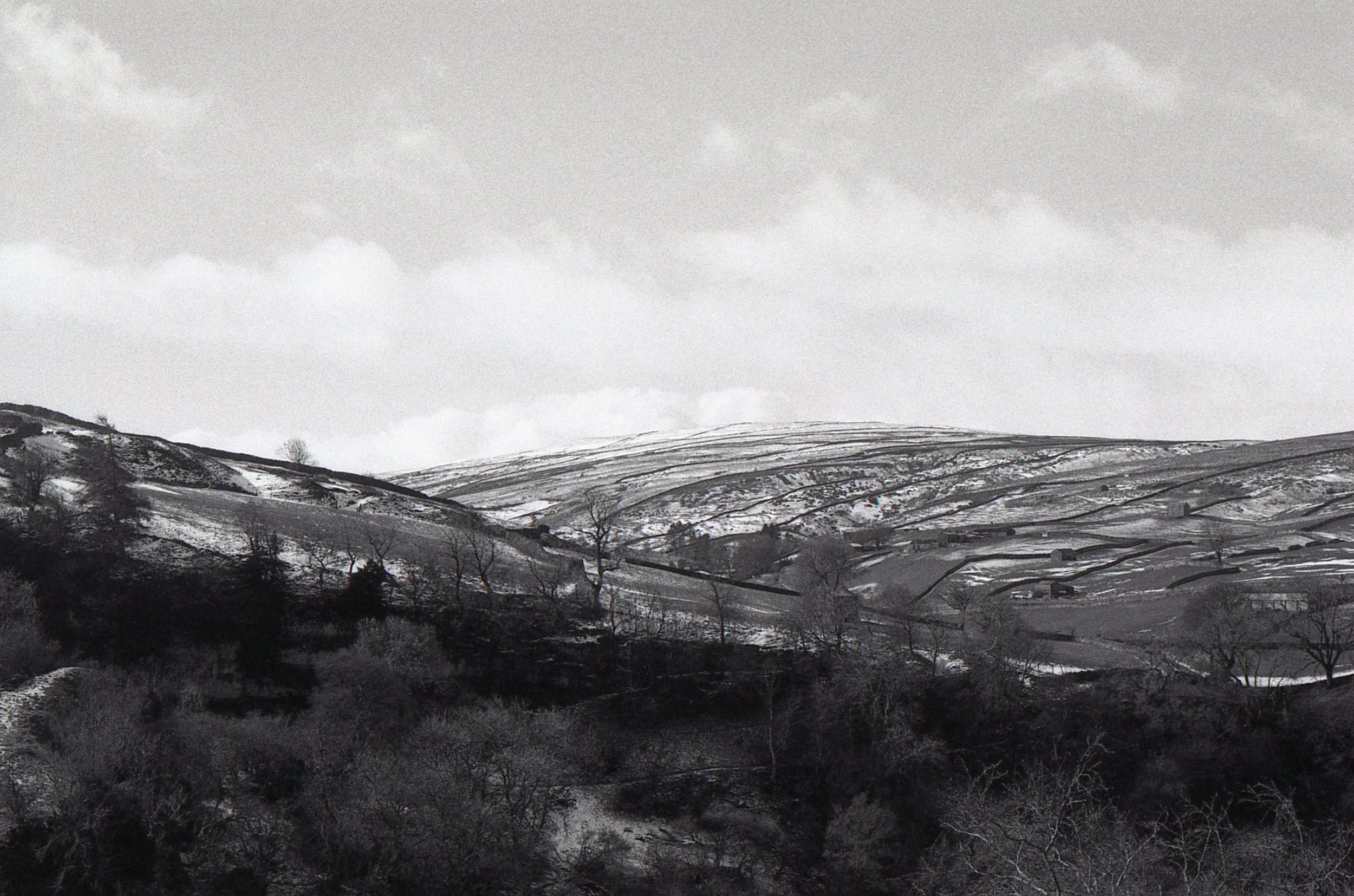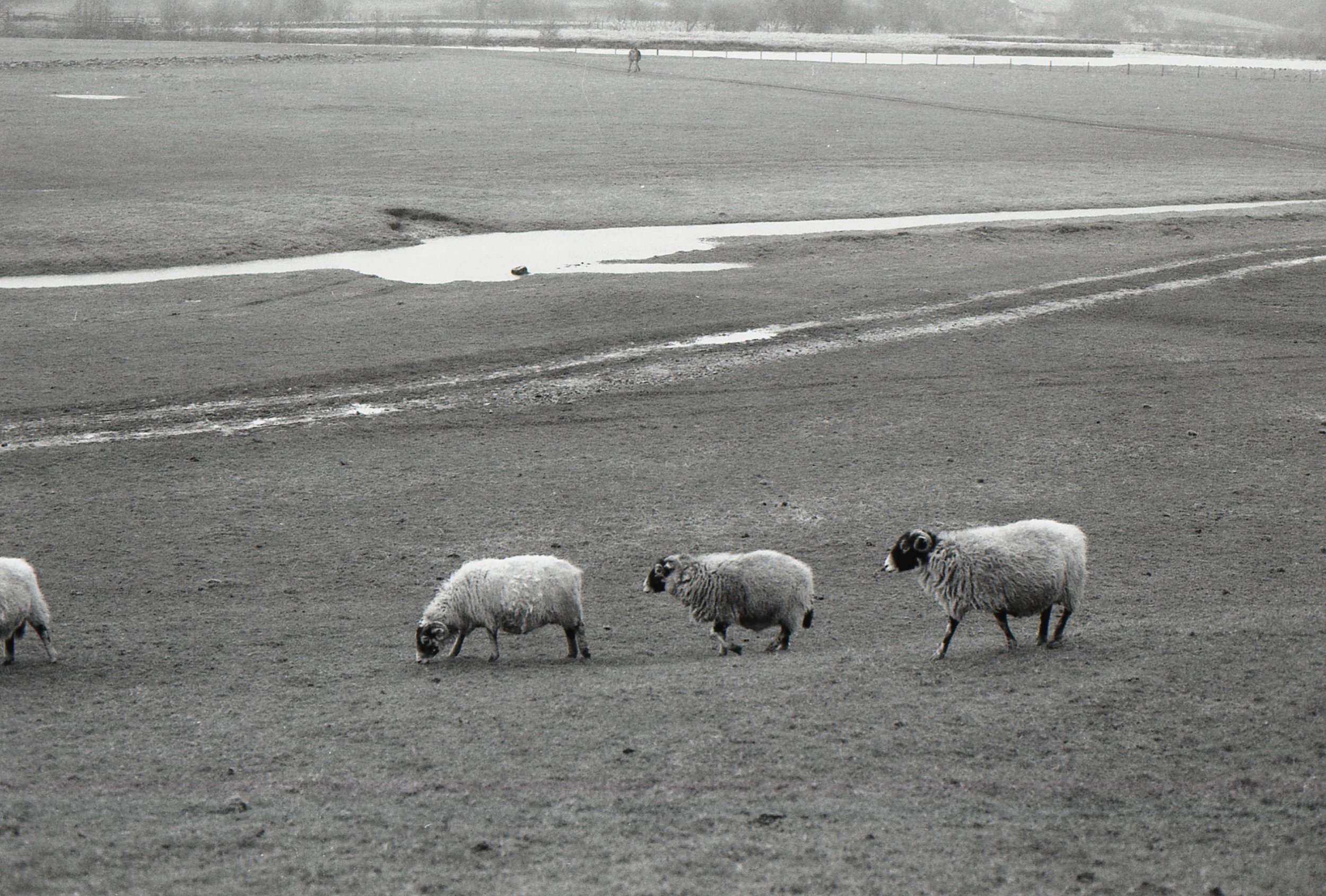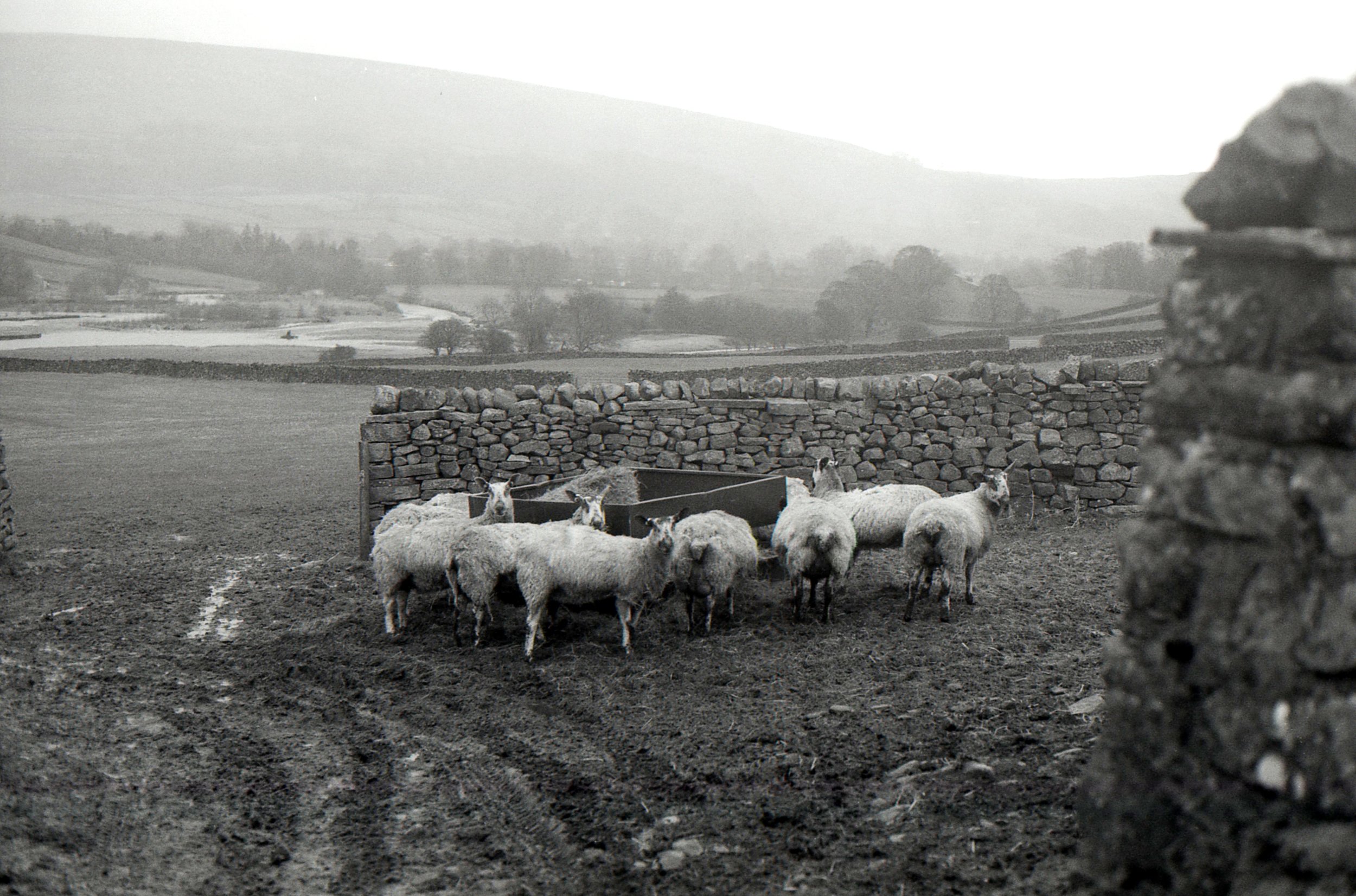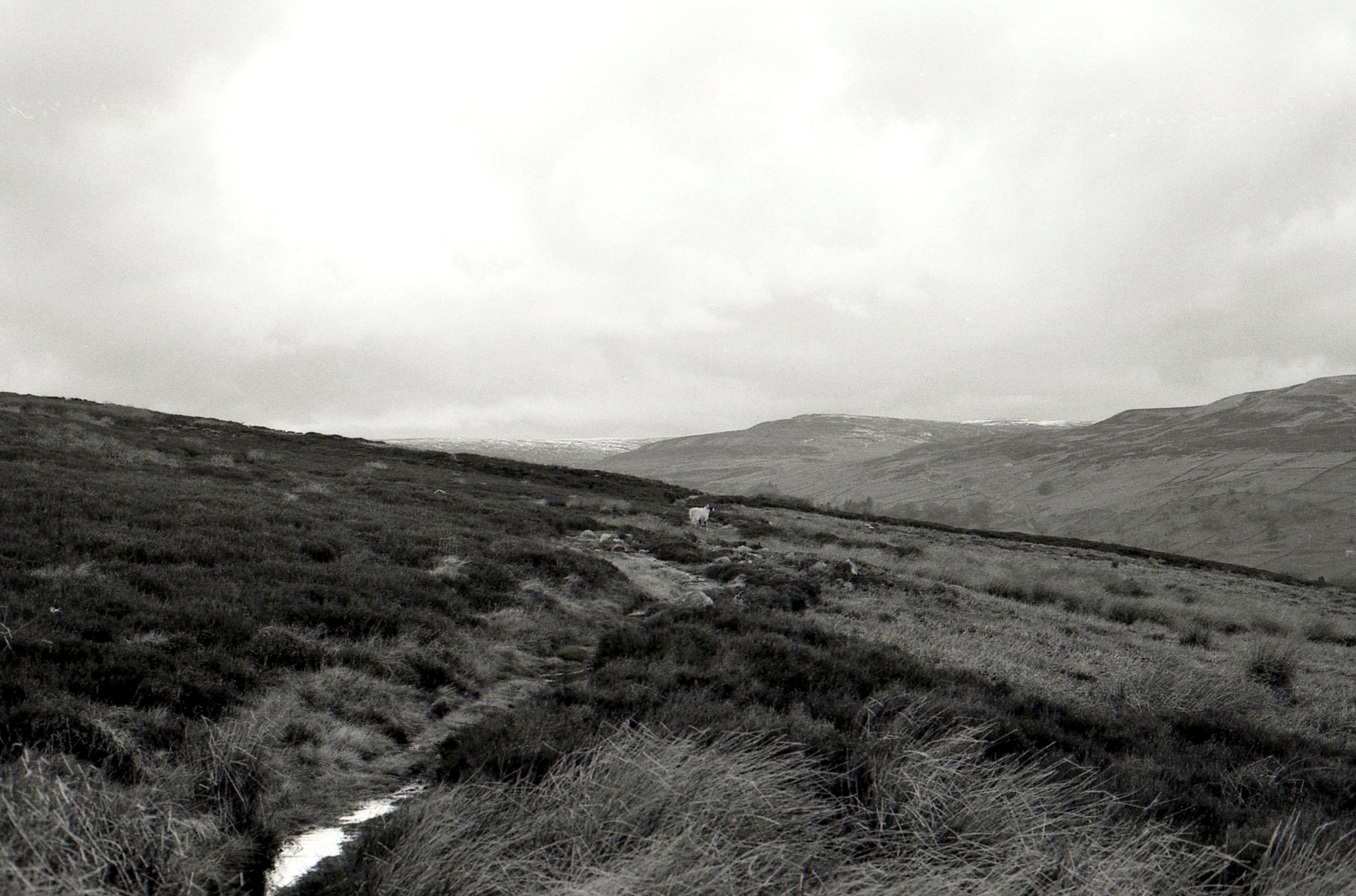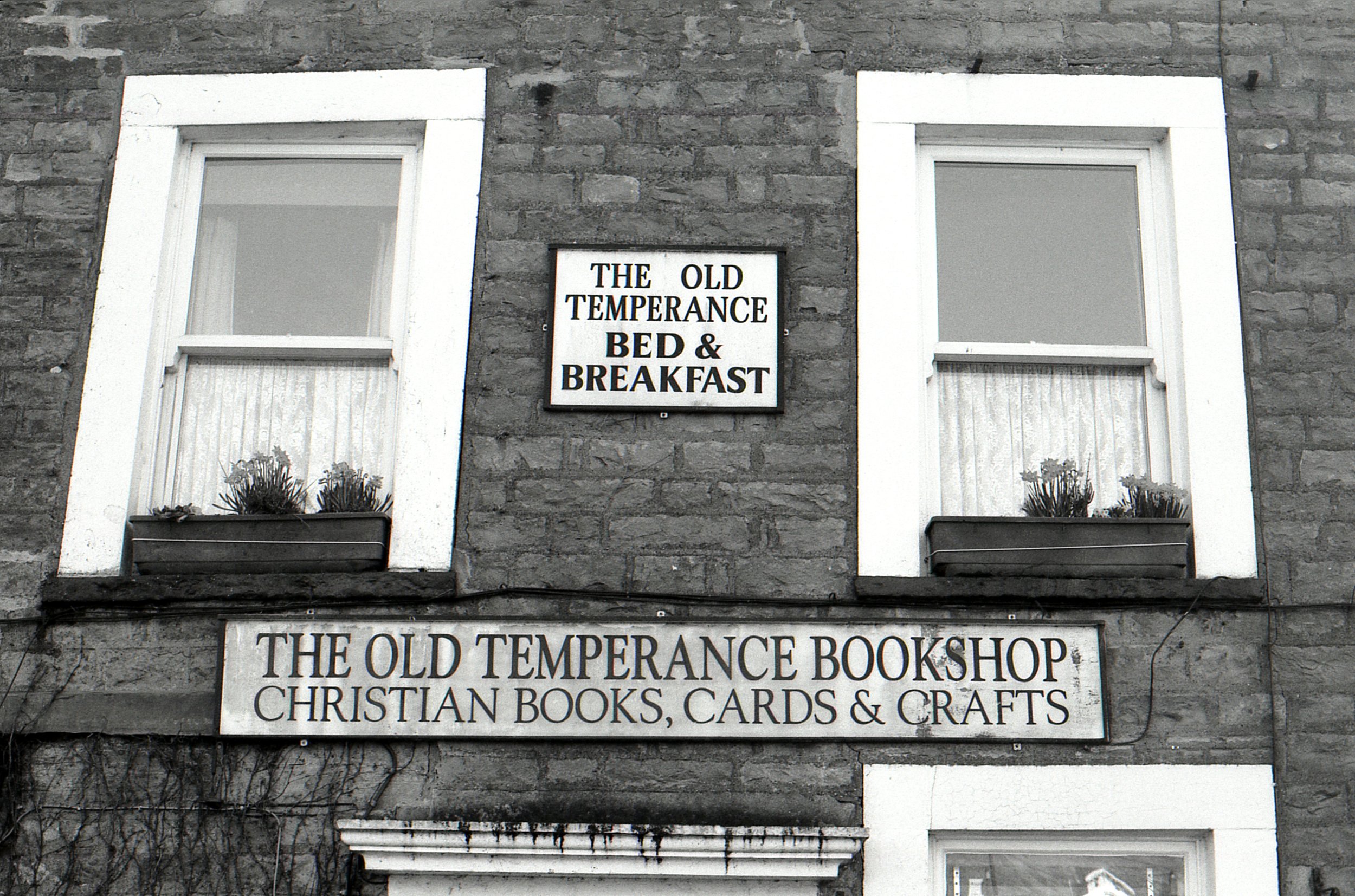After sharing Kodak’s TMax 400 film last week, today is the turn of Kodaks Tri-X 400 - and my initial thoughts from this first film are WOW! Look at the way its captured the light in these photos. And unlike the TMax 400 - I didn’t need to edit these photos after scanning them, I didn’t even tweak the contrast… which I am amazed about because I’m a confessed contrast tweaker when | scan films.
Compared to the TMax 400, the Tri-X 400 has a stronger contrast, which is definitely helping with the gorgeous light here and I find the contrast really pleasing. After doing a bit of research and looking at other peoples photos with these two films, I thought I would prefer the TMax - as it does have a lovely grain and I love the mid tone greys as I mentioned last week.
However, now that I’ve used it myself, I’m finding that this film perhaps reflects my eye and vision more than the TMax 400. As much as I would love to be a fine grain photographer and someone with a sharper style, my true love is capturing light and these photos have such a lovely quality of light to them that makes my heart skip a beat.
On one hand the views like the ones above in Keld - are an easy sight to take glorious photos of, but on the other, if I’d used a different film then perhaps it wouldn’t have been captured as wonderfully. I definitely prefer these to the ones taken on my phone (which I guess isn’t really a surprise to anyone lol).
I’m looking forward to trying more of both films to see if my initial thoughts are reflected in different situations and in different places.
Film: Kodak Tri-X 400- sent to me by Kodak Alaris and developed by The Latent Image (not for free, I would just highly recommend them)
Location: Around the Yorkshire Dales, take me back!
Camera: Canon EOS 750.
p.s. its very bizarre to be sharing photos of snow on the hills after the glorious weather we’ve been having lately!
